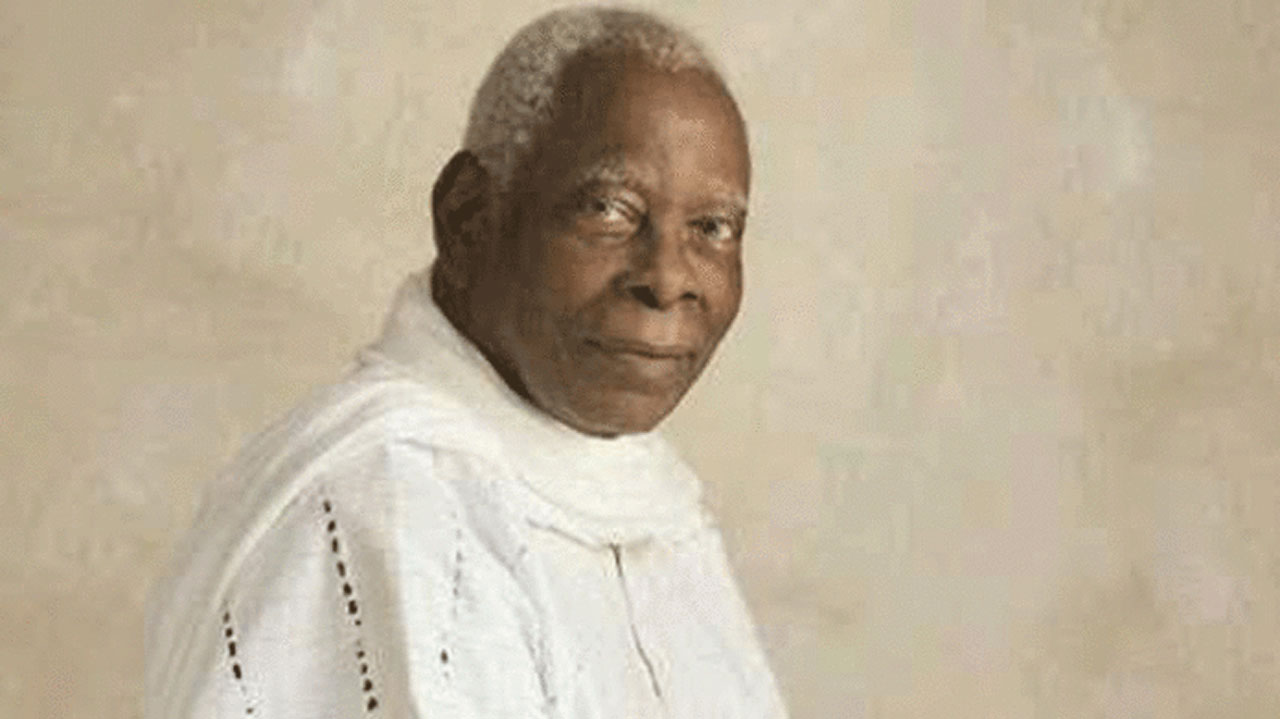
For those, who didn’t know Yusuf Grillo, how would you describe him?
Yusuf Grillo was a teacher that gave more than was required. He loved to share his knowledge and skills with people, many times for little to no financial gain. I still recall his last exhibition at DIDI museum, despite the beautiful works on display, he chose not to put any up for sale instead he wanted people to enjoy his art.
His death, no doubts, will impact modern Nigerian art narrative, but has the country tapped enough from his mastery of the visual art?
The Nigeria Art structure and fabrication will not be the same again without Grillo. The regret that some of us have is not acknowledging his mastery enough while he was alive because of his overtly humble nature. He was often embarrassed whenever he was the recipient of compliments. So certainly, the country barely scratched the surface of his mastery of the visual art.
You’re one of the country’s biggest collectors, what would you say about his works?
He was a master. There was none like him. He didn’t copy or worried about those that copied him. The latter was of little concern as his art was not easy to replicate. Grillo was very original in his thinking, mastery and concept.
When did you start collecting him?
I started collecting his works in the 70s. The very first work I collected of him happened to be called, The Town Crier. I still have it in my storage. Mind you, Yusuf didn’t like to sell his work. In fact, it took a lot for me to acquire the Town Crier from him.
What led you to Grillo? Were you collecting other works before you met Grillo?
I had been introduced to a student of his to help with the restoration of an artwork. I was so impressed by his work that I wanted to know who he learnt from. This turned out to be Grillo. Oh yes, I had been collecting works before I met Grillo.
What work, by your consideration, is the most significant of your Grillo collection?
That will have to be The Town Crier as it is the only work of his that I have now. Grillo wouldn’t sell, so, it made it next to impossible to amass a lot of his works.
Grillo made more name from his work in the academics than outside, will you consider him more as an educator than an artist?
Of course, Grillo was an educator through and through. He was happier knowing that he had more successful artists than works. This he disclosed to me during a private conversation between us. He took pride in his students and in impacting knowledge.
Which of his work will you want to describe as a favourite? And reasons for this?
This is a difficult question, as I have always believed that every work by an artist is unique and passes a specific message. I don’t think I can answer that.
Passion drives collectors, some investment. Where you do you stand?
Definitely, Passion. I don’t see my works as investment, in fact I am opposed to valuing them if not for insurance purposes, as I don’t need to know their financial worth. They are like pets to me, family. Would you seek to quantify the financial worth of a child or a beloved pet? That’s how I view my artworks.
What has been the challenge for a collector like you in our clime?
In my opinion, I will say this is the lack of adequate documentation of what is referred to as Nigerian art. By documentation, I am referring to the history, the meaning and relevance of these works in the different stages of our civilization. This I believe has contributed to the low level of appreciation that Nigerians have for Nigerian art, giving reason to why Nigeria remains the third largest owner of Nigerian Art.
You see, I used to be an avid supporter of the return of our works but now, seeing the state of many of our iconic pieces, I am inclined to agree with those who believe our works abroad are better off where they are.






